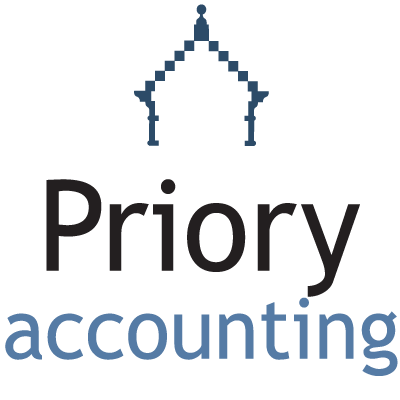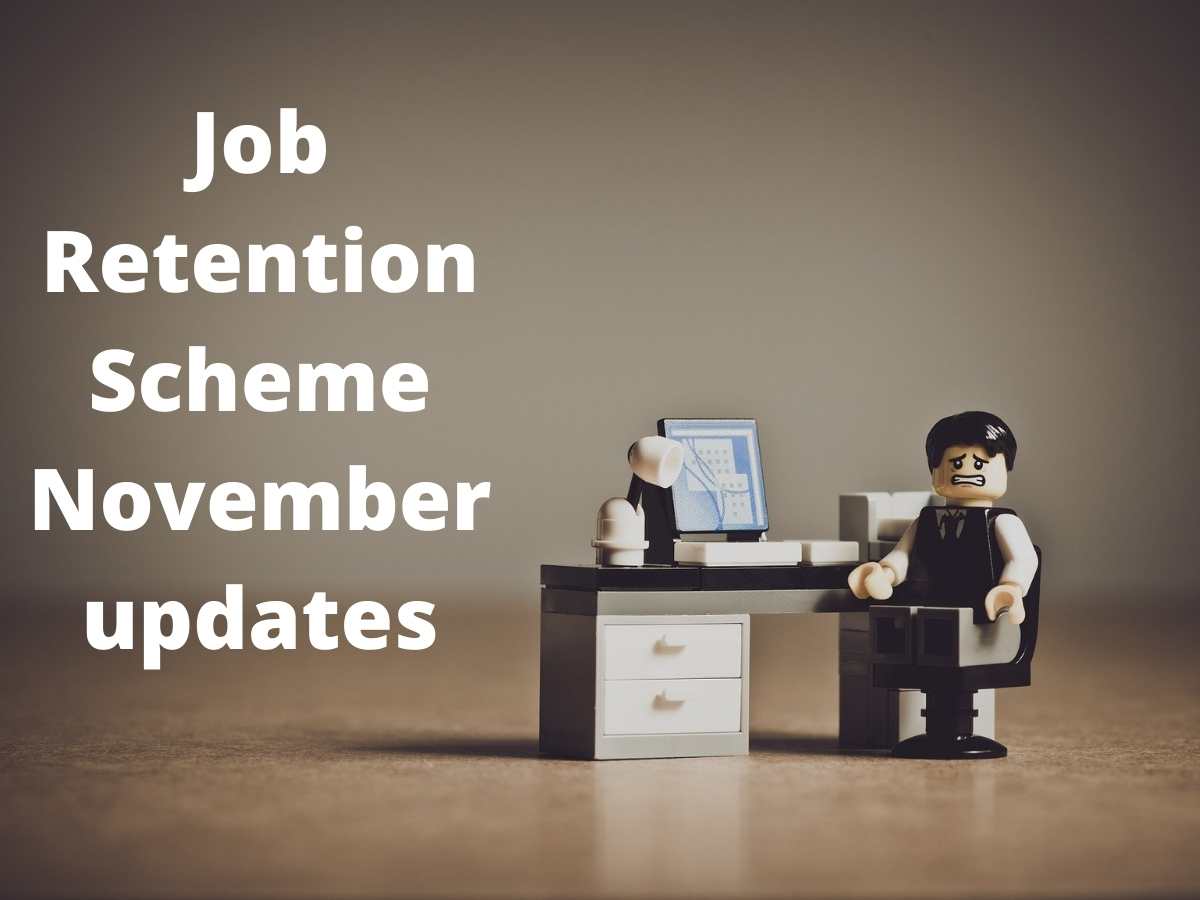Update as of 5 Nov 2020 on Furlough and Job Retention Scheme
Let’s try to provide some clarity around the latest developments for business support.
On 30 October, the day before the Coronavirus Job Retention Scheme (furlough) was supposed to end, Rishi Sunak, the Chancellor, confirmed that it would be extended until 30 November. Then, on Thursday 4 November, the Chancellor announced that this new furlough period extends until March 2021, throughout the UK.
This means that companies in Scotland and the other devolved governments can plan knowing that, if they cannot trade now, or need to cut staff numbers due to a drop in trade due to restrictions in this period, then they can apply for furlough support in the same way as companies in England, and get help to cover costs for some or all of their employees.
For companies forced to reduce staff numbers or close temporarily under government guidelines, the government will therefore pay 80% of usual wages of any furloughed staff (with a cap £2,500 per employee per month), up to March 2021.
As a minimum under furlough, the employer remains liable to pay employer national insurance and pension contributions for any furloughed employees. Employers can also choose to top up wages for furloughed employees.
For now, you should:
- Agree working hours with your employees, so they know if they are furloughed fully or part-time.
- Keep the records that support the amount of CJRS grant you claim, in case HMRC need to check it.
ELIGIBILITY
You can either furlough employees full-time or ask them to work on a part-time basis and furlough them for the rest of their usual working hours.
You will have to cover salary for any hours they do work, but if you cut hours by 50% then the government will provide 80% of half the salary (the proportion covering the reduction in hours). The employer will need to cover NI and pension contributions in full, and can also choose to top up salary for the unworked hours.
You can claim for employees who were on your PAYE payroll on 30 October 2020. To qualify, you must also be able to provide evidence for a payment of earnings to that employee dated between 20 March 2020 and 30 October 2020.
REDUNDANT STAFF
If you made any staff redundant after 23 September 2020, but can show they were on your payroll on 23 September 2020, then you can re-employ that member of staff and they can qualify for furlough payments.
Neither you nor your employee needs to have previously used the CJRS.
SELF-EMPLOYED
The Self-Employment Income Support Scheme (SEISS), which operates across the UK, has also been enhanced – for two further grants – to enable self-employed people to receive 80% of their average trading profits for the 3-month periods November-January and February - April.
SEISS grants are calculated over three months, so the November boost will increase the total level of support to 55 per cent of trading profits for the period November 2020 – January 2021, or a maximum grant of £7,500. Grants are paid as two lump sums and are taxable income.
To qualify, you must declare:
- that you are currently actively trading but are impacted by reduced
demand due to coronavirus
OR
- that you were previously trading but are temporarily unable to do so due
to coronavirus.
AND
- that you intend to continue trading.
-
For more information on either scheme, you can go to GOV.UK and search 'furlough scheme extended' or Self-Employment Income Support Scheme grant extension.




